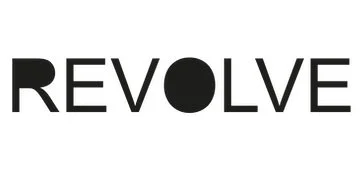Flags on the Floor and Other Popular Transgressions
works by Tim Lewis
On View: October 5 – November 6, 2018
Opening Reception: October 11th 6-8pm
Closing Election Day Drop in: November 6, 10-4pm
Flags on the Floor and Other Popular Transgressions explores paradoxes and ambiguities of American identity in every-day American flag imagery through the sale of used flags online.
About the artist
Tim Lewis a visual artist living in western North Carolina. His photographic work deals with the social sides of time, place & memory, perception, the internet, and more. Lewis studied social sciences and art & design at University of Kansas and is a recipient of a Regional Artist Project Grant.
Statement
“I just bought a Jeep painted like an American flag. No one better question how patriotic I am.”
– Blake Anderson
Like most Americans, I did not think about how used flags are sold until, by chance, a flag photograph showed up in an internet search for something else. The image showed a flag neatly arranged on the floor of a typical American living room. A similar image showed up in a
different context causing me to wonder if it was just coincidence. I discovered that, like any other used item, it is popular to castoff flags too. They are sold online to downsize, make money, or sell off grandpa’s leftovers. The romance is mostly absent in these ads, with simply a price and a description. However, what appeared to be important is that the entire flag be shown, warts and all. Lay it out so all can be seen: the size, the frayed corners, the stains of neglect are all clear. Lay it out on the floor or the sidewalk or the driveway or even on grass; it all works just as well. Some lay it out on the sofa or the bed or carefully hold it up so it doesn’t touch the floor. The commonness of this practice was surprising considering the hyper-awareness of flags in the kneeling-during-the-national-anthem era.
In addition to flags themselves, I discovered that discarded pallets painted with flag-like designs are popular and sold as distressed or rustic or patriotic objects, just like the real thing. Others made of wood are scorched, burned to add that last bit of authenticity. Logos and thin blue (or red) lines and other graphics are printed on top of flags. Flag rugs are sold commercially, garden benches are painted with flags to sit on, and patriotic bean bags can be thrown at patriotic cornhole boards.
Flag protection has been written into law to shield it from desecration but the First Amendment to the Constitution stands in the way of legal consequences for those transgressions. The rules are now described as etiquette rather than law; a kindness shown to others in consideration of their feelings about both the object and, by extension, the country and citizenry. Since the establishment of the United States, the American flag has been a slippery symbol used frequently in debates on what it means to be an American. Like all good symbols it means many things to so many. It represents well our very American paradoxical world view: clear laws without consequences about its treatment; an object of pride and derision; political posturing; a thumb in the eye; placebo for the masses; reminder of who we claim to be; an emotional touchpoint; and surprisingly; as a place of agreement.











